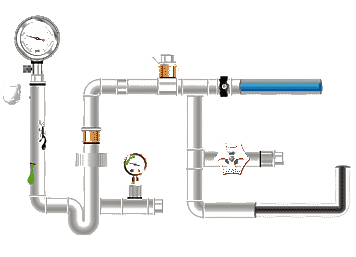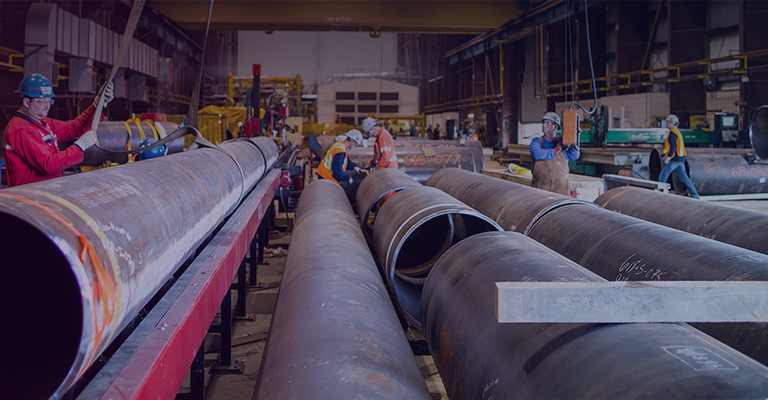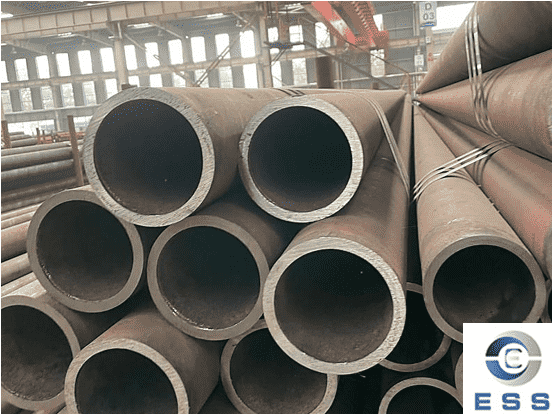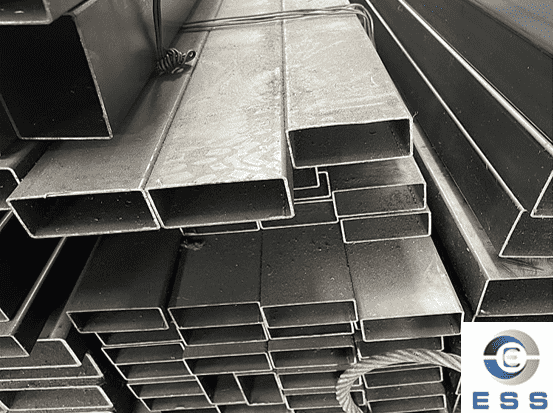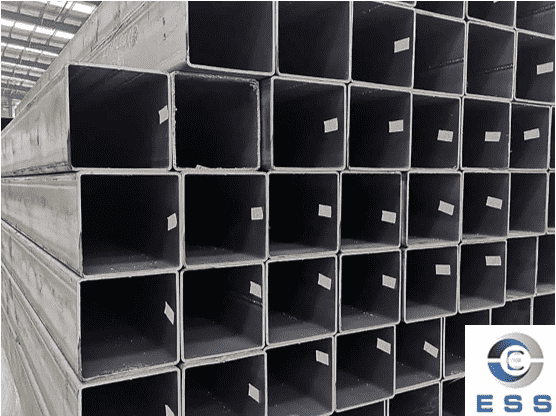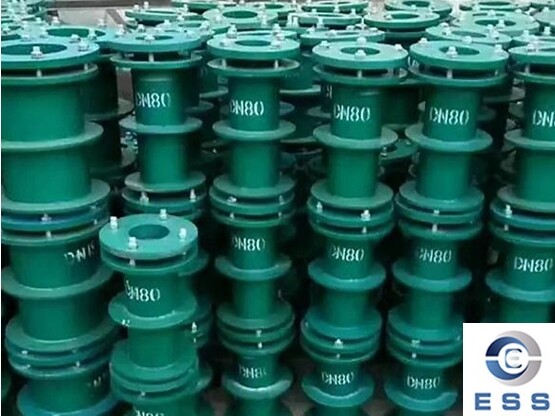
The requirements for steel casing pipe wall
thickness depend on multiple factors such as well depth, annular structure,
geological conditions and process requirements. Its calculation method and
standard requirements need to be reasonably determined based on specific
circumstances.
Calculation method of steel casing pipe
wall thickness
The calculation methods for steel casing
pipe wall thickness generally include hydrostatic pressure method, high
constant method and Lao Gu formula method, among which the most commonly used
is Lao Gu formula method. This method is derived based on actual production
data of the petroleum industry and a large amount of test data. Its calculation
method is:
H=0.875×σt×(do-di)/2Sy
Wherein, H represents the wall thickness of
steel casing pipe, σt represents the maximum tensile
stress, do and di represent the outer diameter and inner diameter of the casing
pipe respectively, and Sy represents the yield strength.
Steel casing pipe wall thickness
specification table
The following table is a wall thickness
specification table of some common steel casing pipes for reference only.
|
Specification
|
Wall
Thickness(mm)
|
|
2’’
|
5.54
|
|
3’’
|
5.54
|
|
4’’
|
6.02
|
|
5’’
|
6.55
|
|
6’’
|
7.11
|
|
8’’
|
7.62
|
|
10’’
|
9.27
|
|
12’’
|
9.53
|
Note: The wall thickness shown in the table
is for reference only. It needs to be adjusted according to specific
circumstances when it is actually selected.
Standard requirements for steel casing
pipe wall thickness
Depending on different standard
requirements and use environments, the wall thickness of steel casing pipe
varies. The main requirements include:
1. As an OCTG pipe, the
wall thickness of the casing pipe should meet the control requirements and
engineering requirements of the well to ensure the integrity, stability and
safety of the annulus.
2. The casing pipe wall thickness should be
adapted to factors such as well depth, well diameter, annulus structure,
geological conditions and process requirements.
3. The thickness of the casing pipe steel
plate should be calculated according to factors such as design wall thickness,
injection pressure, annulus settlement and reinforcement materials.
4. The formulation of casing pipe
specifications should be based on the minimum inner diameter and maximum outer
diameter of the casing pipe to ensure product quality and use effect.
How to choose the appropriate steel
casing pipe wall thickness
Correctly selecting the appropriate steel
casing pipe wall thickness is the key to ensuring its service life and pressure
bearing capacity. When choosing, it is necessary to judge based on the
following points:
1. Determine the pipe diameter and pressure
level
First, it is necessary to determine the
diameter and pressure level of the connecting pipe. This can help choose the
appropriate wall thickness range (which can be queried according to national
standards).
2. Consider the purpose and working conditions
of the pipeline
Different pipeline purposes and working
conditions have different requirements for pressure bearing capacity. For
example, pipelines in the chemical industry require higher corrosion
resistance, so special materials and larger wall thicknesses need to be
selected. Therefore, when selecting, it is necessary to fully consider the
purpose and working conditions of the pipeline.
3. Adjust according to actual conditions
In addition to national standards,
adjustments need to be made according to actual conditions. For example, in
special projects, according to engineering design requirements and construction
drawings, it is sometimes necessary to adjust the wall thickness of the steel
casing pipe to meet the corresponding pressure bearing capacity requirements.
Summary
In short, when selecting the wall thickness
of the steel casing pipe, it is necessary to fully consider the diameter and
pressure level of the connecting pipeline, the purpose and working conditions
of the pipeline, and the actual situation, and constantly adjust and correct to
ensure that the appropriate wall thickness of the steel casing pipe is selected
to meet actual needs.
Read more: How To Choose The Size of Steel Casing Pipe? or Steel Casing Pipe Wall Thickness









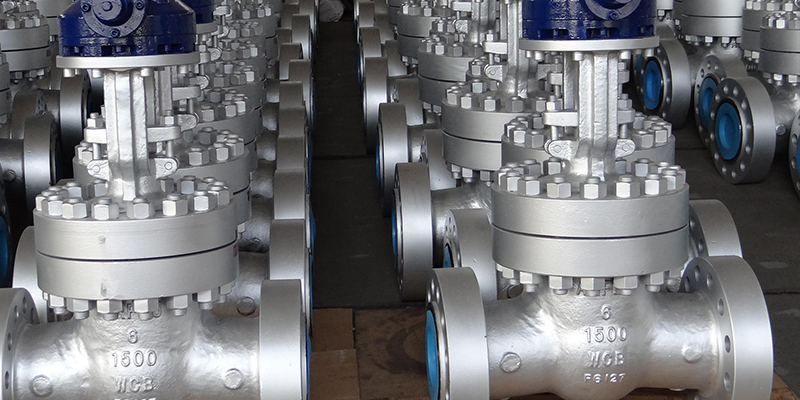
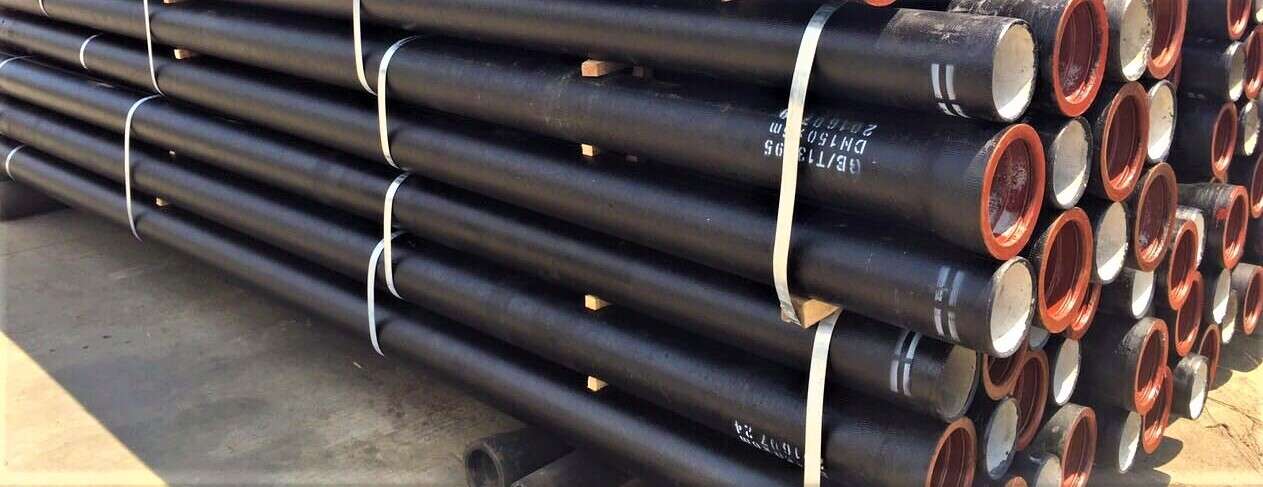


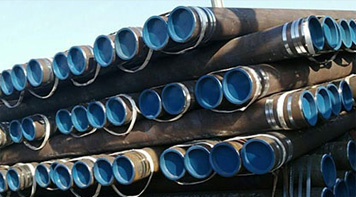 Eastern Steel Manufacturing Co.,Ltd not only improve product production and sales services, but also provide additional value-added services. As long as you need, we can complete your specific needs together.
Eastern Steel Manufacturing Co.,Ltd not only improve product production and sales services, but also provide additional value-added services. As long as you need, we can complete your specific needs together.
